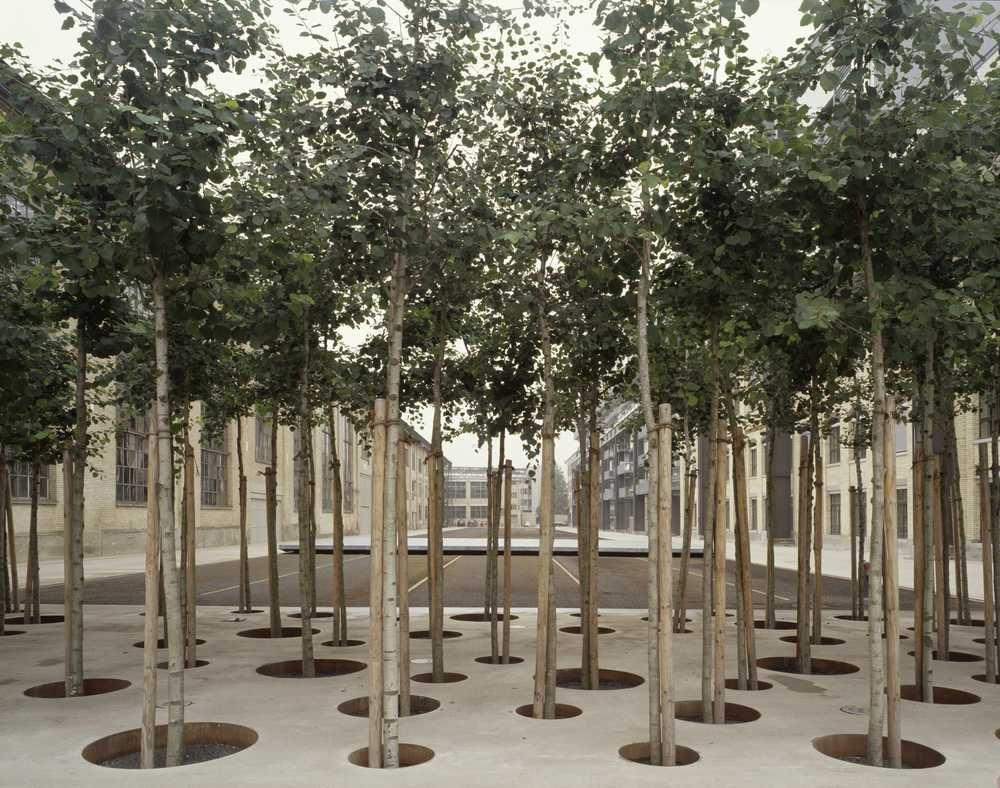Piyush Ranjan Rout
Bhubaneswar, a city of 1.2 million people, has lost an estimated one million trees to Cyclone Fani. In the cyclone’s wake, authorities have drawn up a five-year action plan to revive the coastal shelter belt through afforestation, on which Rs 200 crore will be spent at Puri, Bhubaneswar and Cuttack; trees are to be planted over 8,000 hectares.
After the Super Cyclone of 1999, the city was put back together on war footing. The then government, the civil society, corporates and individuals handed out saplings, mostly of trees that were attractive and fast-growing, easy to maintain and would mature to provide plenty of shade. But that decision has proven costly now as shallow-rooted trees turned out to be a serious public hazard.
What is important now for Bhubaneswar is extensive research and consultation to identify the types of trees most suited to survive cyclones and nor’westers, and to produce a list of trees that are “not to be planted” in a list of locations. The city must ensure that trees be specified for main roads, sub roads, parks, gardens, schools and such other places to ensure the right varieties are planted in the right kind of environment.
The focus has to be on native species, including the banyan (Ficus bengalensis), Saptaparni (Alstonia scholaris), peepul (Ficus religiosa), false ashoka (Polyalthia longifolia), jamun (Syzygium cumini) and neem (Azadirachta indica). It is also important to understand the behaviour of birds before planting trees, as these would become future homes for the avians.
Civic bodies in Bhubaneswar are planning to plant about 28,000 saplings by the end of the year in a phased manner and with emphasis on wind-resistant varieties
Civic bodies in Bhubaneswar are planning to plant about 28,000 saplings by the end of the year in a phased manner and with emphasis on wind-resistant varieties. The World Health Organisation has set the standard that 12 sqmtr of green space be created per person. It means modern Bhubaneswar, which came into existence just after Independence by clearing forests, needs to co-create neighbourhood forests. Destruction resulting from Cyclone Fani has given the temple city an opportunity to achieve it through innovative urban planning.
There is adequate space between housing plots in the form of conservancy lanes; road shoulders can be transformed into mini forests in partnership with residents in neighbourhoods. In places, conservancy lanes are nearly 1.5 kilometres long and 1.5 metres wide, and once concrete is removed from road shoulders, the combined space can be of greater dimensions than open space in a neighbourhood.
In cities such as Bhubaneswar, where large 24X7 parks are very rare, and open spaces are virtually taken over by local mafia for their own uses, that is, for setting up markets or to hold religious or social gatherings, conservancy lanes and road shoulders are the future of the city’s green space. With open expanses of grass beneath great trees, these can turn into shared public spaces that can act like neighbourhood walking trails or playgrounds for children or into meeting places for adults and for birds to nest, among other things.
Bhubaneswar grew amid neighbourhood-based urban planning in the late Forties; but it lost grip over such planning in the Nineties when it felt modern urban planning was represented by swanky towers and concrete pedestrian walks; as a result, the city lost much of its green cover to urban infrastructure; what were left were trees in garden parks or ornamental shrubs replacing bigger trees on the street. These, too, have gone with Fani. It might be difficult to believe that Bhubaneswar has lost millions of trees, but it has offered an opportunity for the inhabitants to grow forests in their neighbourhood and get the city to bounce back to its old state sooner rather than later.
The writer is an urban management practitioner. He can be reached on Twitter @piyushrout.

